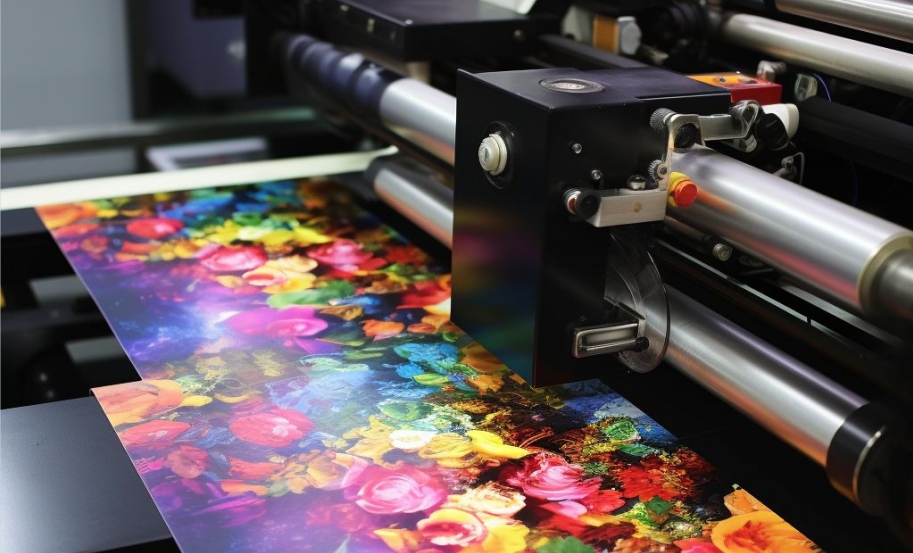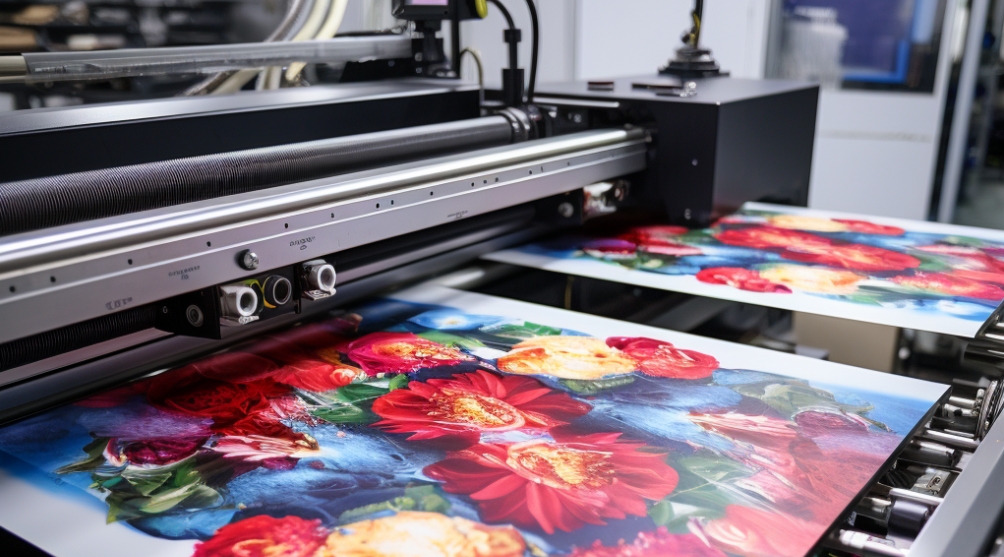Home » Knowleages » Case Studies: Successful Implementation of Direct-to-Film Printing in Various Industries
Knowleages
Case Studies: Successful Implementation of Direct-to-Film Printing in Various Industries
Direct-to-film printing has revolutionized the printing industry by providing a cost-effective and efficient solution for creating high-quality prints. This technology has found its applications across various industries, delivering exceptional results and surpassing traditional printing methods. Let's dive into some case studies that highlight the successful implementation of direct-to-film printing in different sectors.
1. The film and Entertainment Industry

Direct-to-film printing has become an indispensable tool in the film and entertainment industries. By allowing filmmakers to transfer digital images onto film directly, it helps preserve the traditional aesthetics of celluloid while incorporating modern digital workflows. This technology has enabled filmmakers to achieve stunning visual effects, maintain film grain, and ensure accurate color reproduction.
2. Apparel and Fashion

The apparel and fashion industry heavily relies on high-quality prints for fabric design. Direct-to-film printing has played a crucial role in this sector by providing accurate color representation and intricate detailing. It allows designers to transfer their digital designs onto films, which are then used as stencils for screen printing or as patterns for textile production. By eliminating the need for multiple steps in the printing process, direct-to-film printing has significantly reduced production time and costs.
3. Packaging and Labeling
Direct-to-film printing has transformed the packaging and labeling industry by offering precise and vibrant prints on various packaging materials. This technology enables manufacturers to achieve high-resolution graphics, intricate designs, and sharp text on packaging materials like plastic films, cartons, and labels. With direct-to-film printing, companies can enhance their brand image, attract consumers' attention, and differentiate their products in a highly competitive market.
4. Advertising and Marketing
In the advertising and marketing industry, direct-to-film printing has become a game-changer. It allows businesses to create eye-catching prints for billboards, signage, vehicle wraps, and promotional materials with exceptional clarity and detail. The ability to reproduce vibrant colors accurately makes direct-to-film printing a preferred choice for large-scale outdoor advertising campaigns.
5. Architectural and Interior Design
Architects and interior designers have also embraced direct-to-film printing as an essential tool for visualizing their designs. This technology enables them to print detailed architectural plans, blueprints, and interior layouts with precision. By directly transferring digital designs onto films, architects and designers can effectively communicate their ideas to clients, contractors, and other stakeholders.
These case studies demonstrate the successful implementation of direct-to-film printing across various industries. This technology has proven to be a versatile and efficient method for achieving high-quality prints with exceptional clarity and accuracy. As the printing industry continues to evolve, direct-to-film printing will likely play a vital role in shaping the future of visual communication across different sectors.
.png)